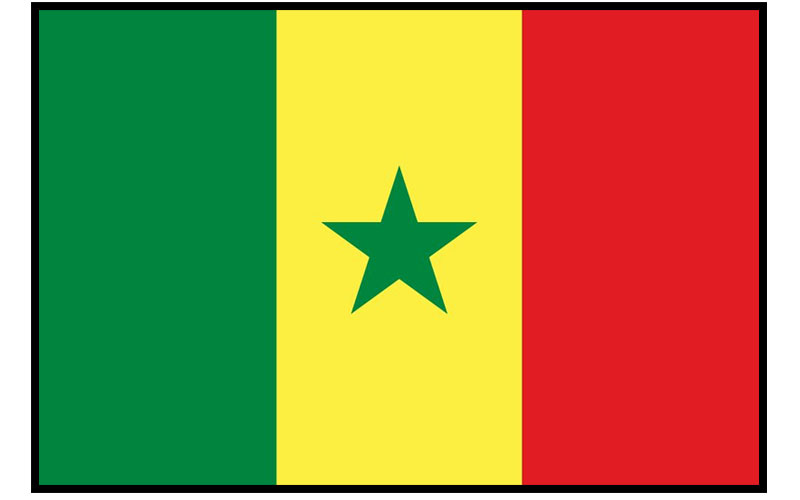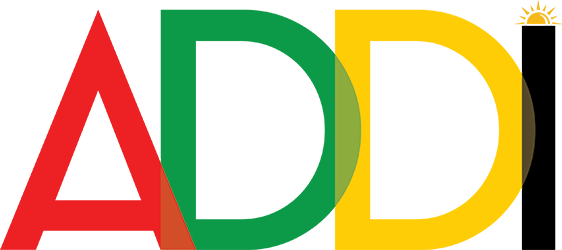
President: Macky Sall (2012)
Prime Minister: Mohamed Dionne (2014)
Land area: 74,131 sq mi (191,999 sq km); total area: 75,749 sq mi (196,190 sq km)
Population (2014 est.): 13,635,927 (growth rate: 2.48%); birth rate: 35.09/1000; infant mortality rate: 52.72/1000; life expectancy: 60.95; density per sq mi: 169.1
Capital and largest city (2011 est.): Dakar, 3.035 million
Monetary unit: CFA Franc
National name: République du Sénegal
Languages: French (official); Wolof, Pulaar, Jola, Mandinka
Ethnicity/race: Wolof 43.3%, Pular 23.8%, Serer 14.7%, Jola 3.7%, Mandinka 3%, Soninke 1.1%, European and Lebanese 1%, other 9.4%
Religions: Islam 94%, Christian 5% (mostly Roman Catholic), indigenous 1%
Literacy rate: 49.7% (2009 est.)
Economic summary: GDP/PPP (2013 est.): $27.72 billion; per capita $2,100. Real growth rate: 4%. Inflation: 0.8%. Unemployment: 48% (2007 est.). Arable land: 19.57%. Agriculture: peanuts, millet, corn, sorghum, rice, cotton, tomatoes, green vegetables; cattle, poultry, pigs; fish. Labor force: 6.096 million (2013 est.); agriculture 77.5%, industry and services 22.5% (2007 est.). Industries: agricultural and fish processing, phosphate mining, fertilizer production, petroleum refining; iron ore, zircon, and gold mining, construction materials, ship construction, and repair. Natural resources: fish, phosphates, iron ore. Exports: $2.691 billion (2013 est.): fish, groundnuts (peanuts), petroleum products, phosphates, cotton. Imports: $5.61 billion (2013 est.): foods and beverages, capital goods, fuels. Major trading partners: India, Mali, France, Nigeria, UK, China, Switzerland, Guinea (2012).
Communications: Telephones: main lines in use: 338,200 (2012); mobile cellular: 11.47 million (2012). Radio broadcast stations: AM 8, FM 20, shortwave 1 (2007). Radios: 1.24 million (1997). Television broadcast stations: 1 (1997). Televisions: 361,000 (1997). Internet Service Providers (ISPs): 237 (2012). Internet users: 1.818 million (2009).
Transportation: Railways: total: 906 km (2008). Highways: total: 14,008 km; paved: 4,099 km; unpaved: 9,909 km (2003). Waterways: 1,000 km total; 785 km on the Senegal river, and 112 km on the Saloum river. Ports and harbors: Dakar, Kaolack, Matam, Podor, Richard Toll, Saint-Louis, Ziguinchor. Airports: 20 (2013).
- Fun Facts
The country, slightly smaller than South Dakota - Senegal is the only country in West Africa that wasn’t overrun by a military coup.
- The capital of Senegal is the port city of Dakar. Its history has shaped it to be one of the most liberal and cosmopolitan cities of Africa.
- Senegal’s national flag bears three colors; red, yellow and green. They are the official Pan-African colors and a star at the middle represents universal unity.
- In Senegal, taxis have tails. Yes, an artificial tail made of goat or sheep hair and it supposedly brings good luck.
- The common lingo of Senegal has a word called, “Teranga”. It has a very sweet and hospitable meaning and has become the identity of Senegalese people. It means helping a person to come to your land and settle down.
- It has an island made of seashells
- Sheep surf too – but only on Sundays
- There’s a pink lake
- The first African movie was filmed in Senegal
